Nasa turns 57: how did the US space agency start?
Today Nasa marks its 57th birthday – but how did it begin and what has it achieved?
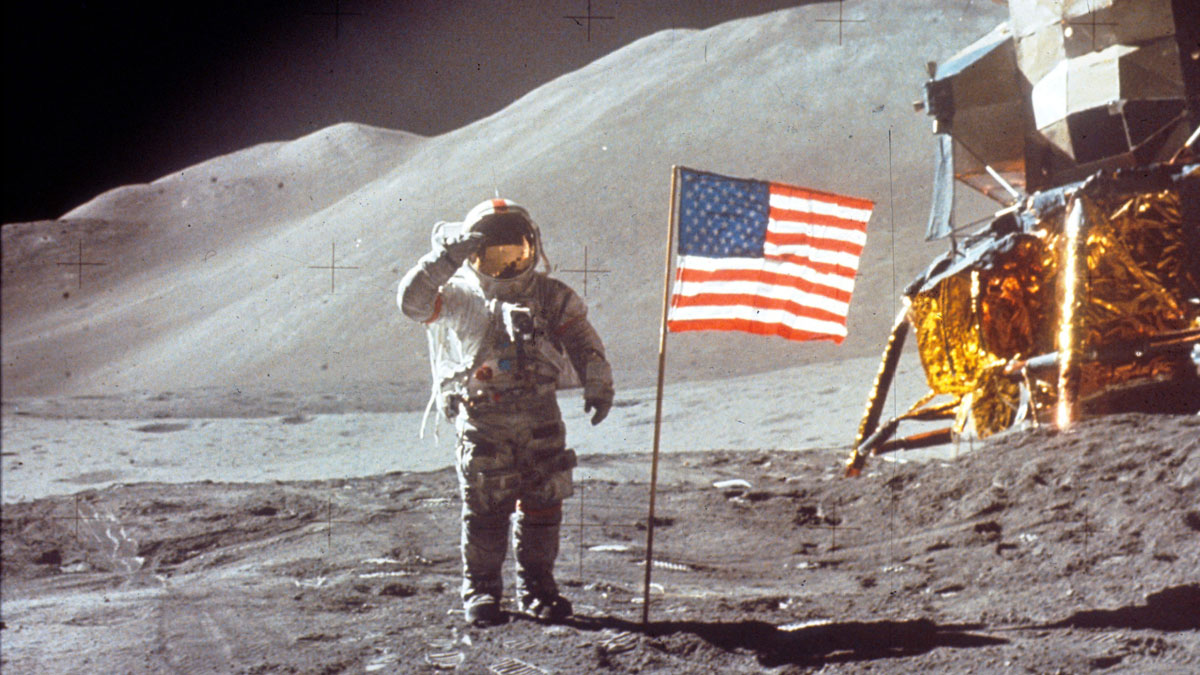
By Brian Edwards
Nasa, the US space agency, officially started operations 57 years ago today, on 1 October 1958.
The Act of Congress that created it stated it would be to "provide for research into the problems of flight within and outside the Earth's atmosphere, and for other purposes."
The Week
Escape your echo chamber. Get the facts behind the news, plus analysis from multiple perspectives.

Sign up for The Week's Free Newsletters
From our morning news briefing to a weekly Good News Newsletter, get the best of The Week delivered directly to your inbox.
From our morning news briefing to a weekly Good News Newsletter, get the best of The Week delivered directly to your inbox.
However the creation of the National Aeronautics and Space Administration in 1958, mandated by President Eisenhower and Congress, could be seen for the most part as a political and publicity move.
Why? Well, the US had already gone into space before the creation of Nasa. Indeed in January 1958 the Americans had already launched their first artificial satellite Explorer 1. The unfortunate problem was that their fierce opponents in the Cold War, the Soviet Union, had launched the first artificial satellite Sputnik four months earlier.
The Red Scare
The American populace always assumed that they were more technologically advanced than the Soviet Union and yet here the communists appeared to be capable of doing things that US scientists were not.
A free daily email with the biggest news stories of the day – and the best features from TheWeek.com
The Russians had taken not only the lead in what was now a very real race for the conquest of space, but had also created something of a PR disaster for the US government.
Senator Joe McCarthy's second Red Scare efforts early in the decade brought the fear of communist dominance into the public imagination. By the 1950s, paranoia was rife.
Nasa's Pearl Harbour
Nasa's own history says the USSR launch had a "Pearl Harbour" (http://history.Nasa.gov/factsheet.htm) effect on the public consciousness. Not wanting to fall behind, the launch of Sputnik spurred the US government to greater action. Ironically the National Advisory Committee for Aeronautics (Naca), the guidance umbrella organisation that preceded Nasa, had been working on launching a satellite since 1955, but this had been scuppered by a lack of adequate funding.
Nazi expertise?
The chief weapon in the Naca arsenal was the former Nazi rocket genius Wernher von Braun, who spent his life working on rocket engineering. He had created the V1 and V2 rocket bombs which had rained terror on the UK during the latter part of World War Two, but had been "rehabilitated" by his work for the US government post-war.
He became vital to Nasa during the 1960s, eventually creating the Saturn V rocket that launched the Apollo payloads out of the atmosphere of planet Earth and on to the Moon.
Rocketry had been a key part of Naca's aircraft work - building, designing and testing the rocket powered Bell-X1 for the Air Force, which in 1947 allowed American Air Force test pilot Chuck Yeager to become the first human to travel faster than the speed of sound.
Civilian rather than military
Naca was originally founded in 1915 to provide technological and aeronautical guidance, primarily of a military nature. When Nasa superseded Naca on 1 October 1958, it did so as civilian organisation, not military.
Nasa absorbed the previous organisation wholesale, including its entire staff and various research centres. It also took over managerial responsibility for naval and army rocketry research sites.
Nasa's manned spaceflight programs have included:
Project Mercury – 1959-63
The Mercury 7 astronauts were selected in 1959 and the first American to go into space, Alan Shepard, launched in May 1961. The Americans were still playing catch-up as Yuri Gagarin had orbited the Earth for the USSR the previous month.John Glenn became the first American to orbit the Earth in February 1962.
In September 1962, clawing back much of the credibility Nasa was losing by coming second to the USSR, President John F Kennedy gave a speech in Houston stating famously that the US would land a man on the moon and bring him back safely to Earth before the decade was out.
Nasa found its budget increasing massively from a low of 0.1% of total US government spending in 1958 to 4.41% in 1966. (It currently stands at roughly 0.5%).
Project Gemini – 1961-66
Two capsules launched independently first docked in orbit in 1965, proving docking could work for the upcoming Apollo missions.
Project Apollo – 1961-72
Landed on the Moon in July 1969. Arguably one of the greatest achievements in human history.
Skylab – 1965-79
Using spare parts from Apollo, Skylab was Nasa's only wholly owned space station project.
Space Shuttle – 1972-2011
The reusable Space Shuttle was Nasa's focus during this period. It suffered two catastrophic failures during its 135 missions, which led to the deaths of 14 crew.
During its life, Nasa has also run unmanned science missions, visiting every planet in our solar system, as well as sending probes into interstellar space.
It is a participant in the permanently manned International Space Station and is planning interplanetary manned missions, already testing launch vehicles to get people to Mars by the 2030s.
Perhaps Nasa's most politically important mission though – particularly considering how it came about as an organisation – took place in July 1975, when an Apollo Command and Service module docked with a USSR Soyuz spacecraft in orbit.
The hatches opened and Cosmonaut Alexey Leonov shook hands with Astronaut Thomas Stafford.
The race was well and truly over.
-
 The small Caribbean island courting crypto billions
The small Caribbean island courting crypto billionsUnder the Radar Crypto mogul Olivier Janssens plans to create a libertarian utopia on Nevis
-
 Political cartoons for December 21
Political cartoons for December 21Cartoons Sunday’s political cartoons include Christmas movies, AI sermons, and more
-
 A luxury walking tour in Western Australia
A luxury walking tour in Western AustraliaThe Week Recommends Walk through an ‘ancient forest’ and listen to the ‘gentle hushing’ of the upper canopy
-
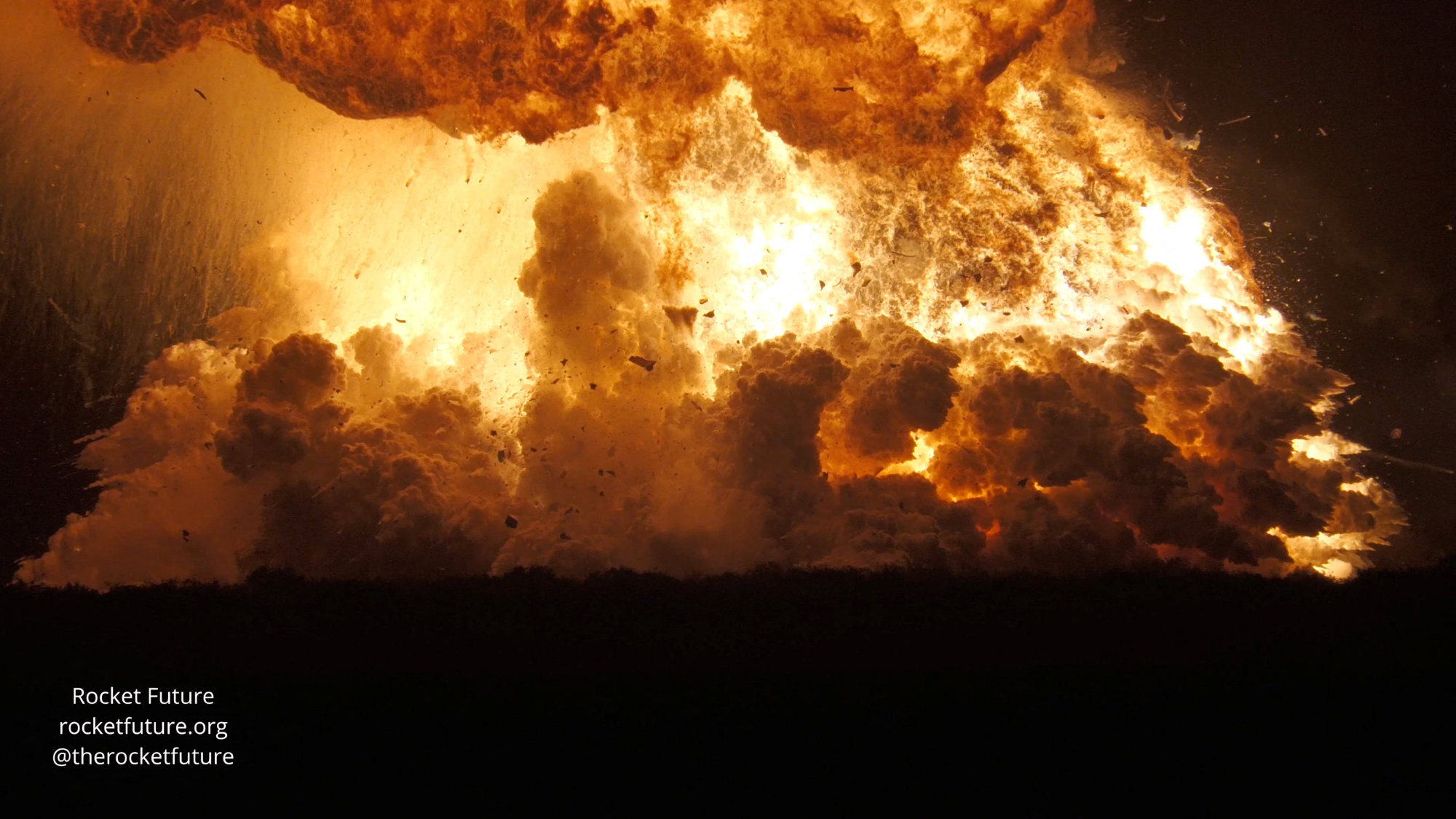 Another Starship blast sets back Musk's Mars hopes
Another Starship blast sets back Musk's Mars hopesSpeed Read Nobody was killed in the explosion, which occurred in south Texas
-
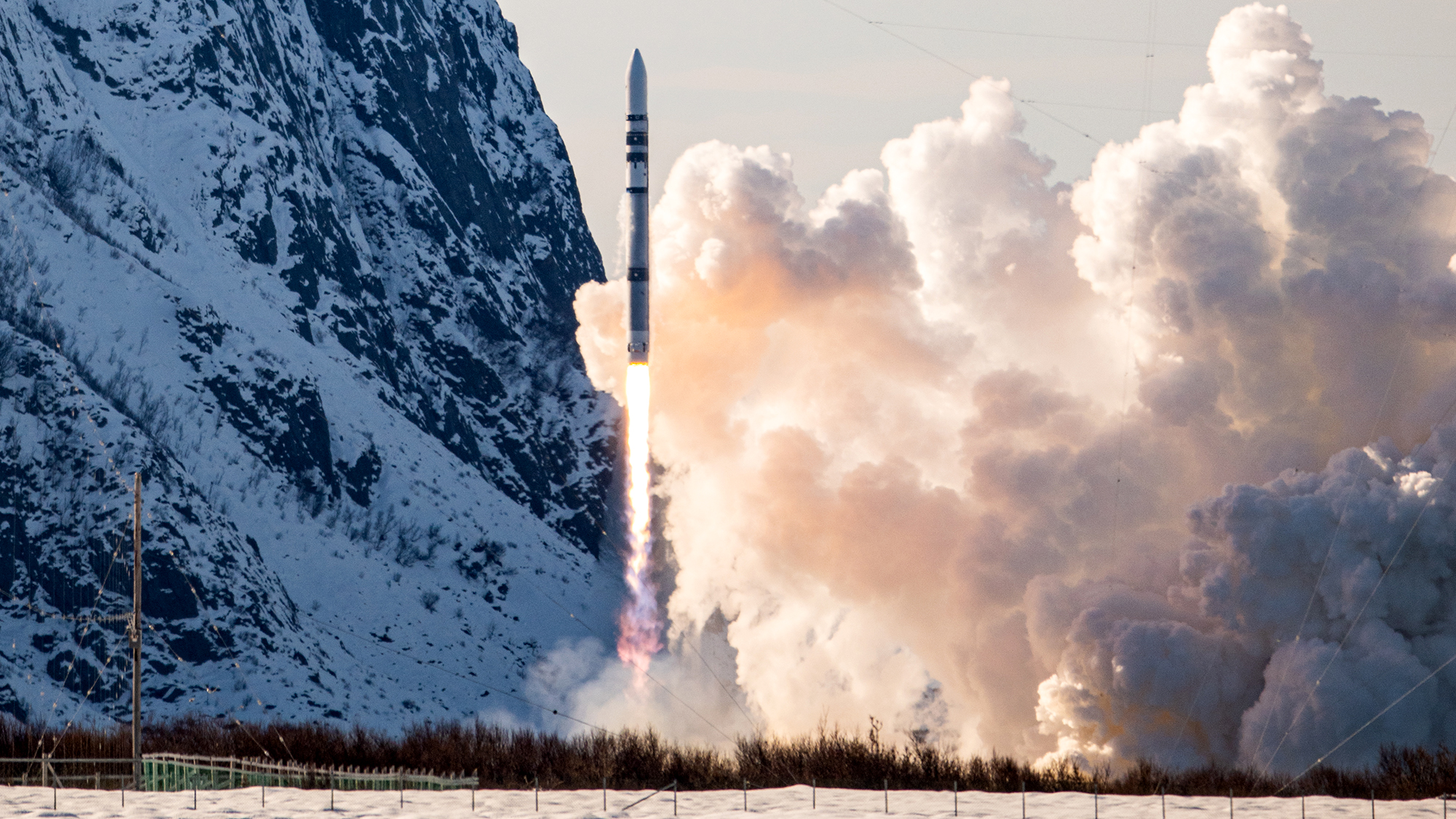 Test flight of orbital rocket from Europe explodes
Test flight of orbital rocket from Europe explodesSpeed Read Isar Aerospace conducted the first test flight of the Spectrum orbital rocket, which crashed after takeoff
-
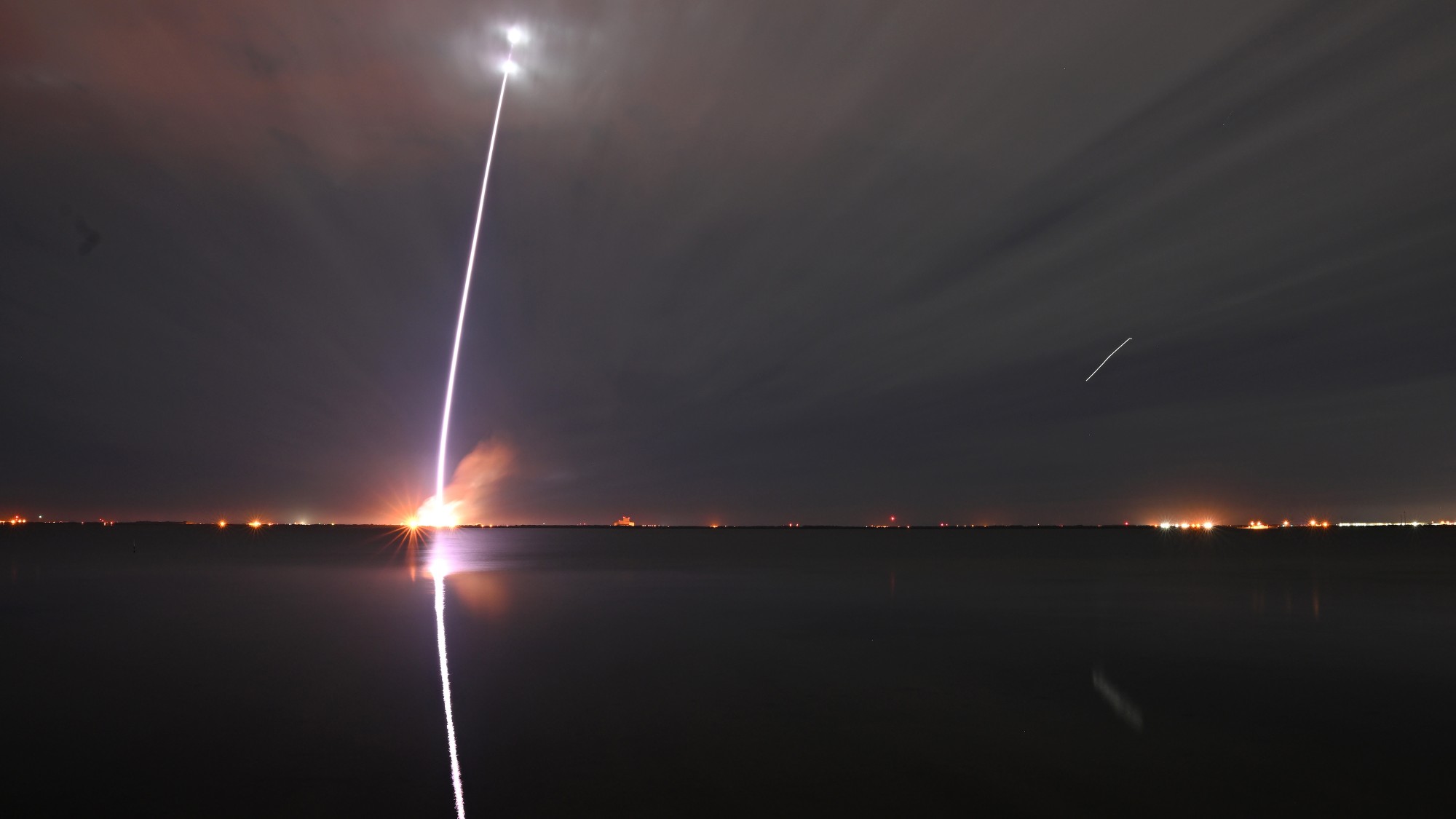 Jeff Bezos, Elon Musk and the billionaire space race
Jeff Bezos, Elon Musk and the billionaire space raceThe Explainer Tesla CEO and Amazon founder vie for dominance of satellite launch market and could influence Nasa plans to return to Moon
-
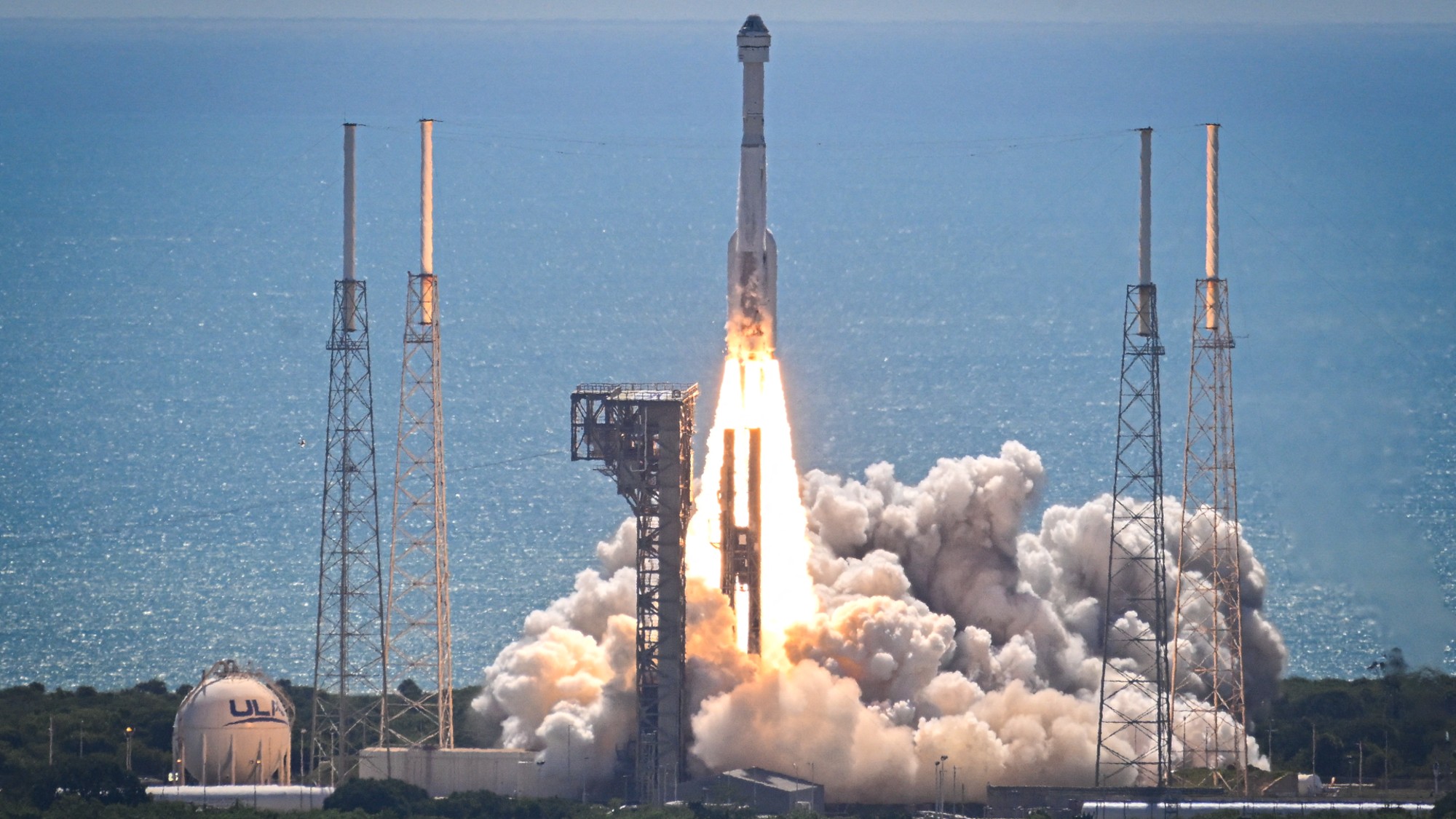 Starliner: What went wrong?
Starliner: What went wrong?Today's Big Question Boeing spacecraft has had a 'long, difficult road'
-
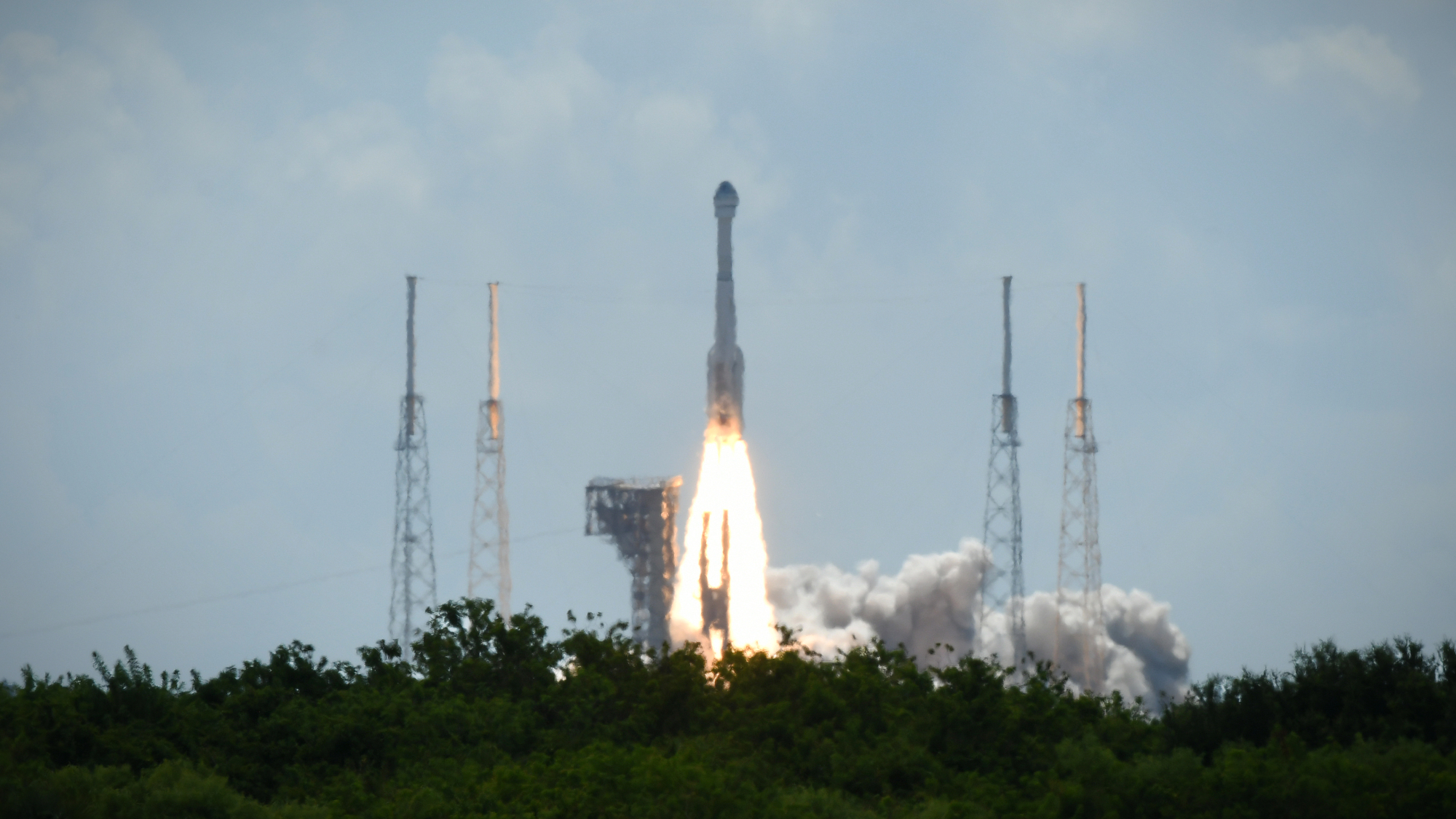 Boeing, SpaceX successfully test key rockets
Boeing, SpaceX successfully test key rocketsSpeed Read Boeing’s Starliner docked at the ISS and SpaceX completed its fourth test launch of its Starship spacecraft
-
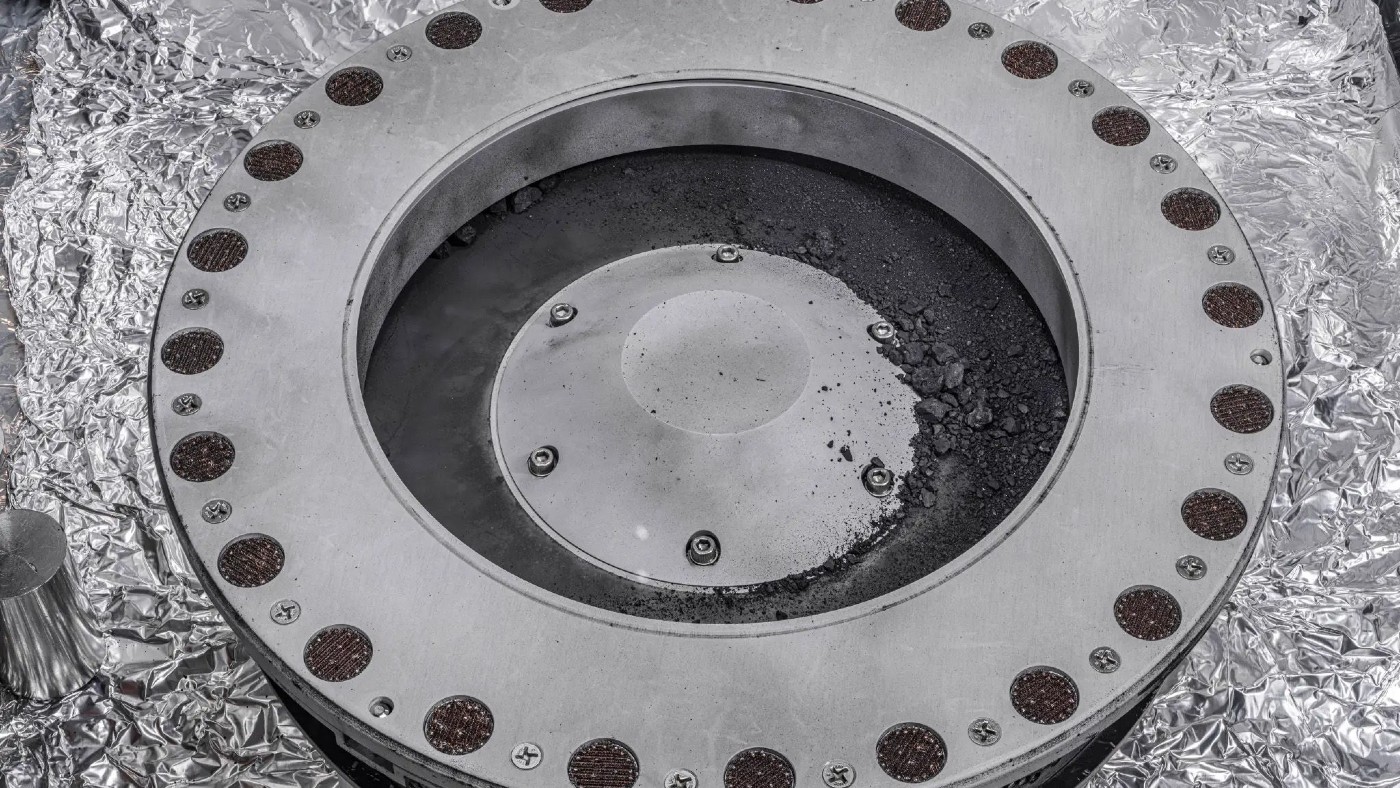 Nasa reveals first findings from asteroid that could explain origins of life
Nasa reveals first findings from asteroid that could explain origins of lifeSpeed Read Sample from Bennu has been found to contain an abundance of water and carbon
-
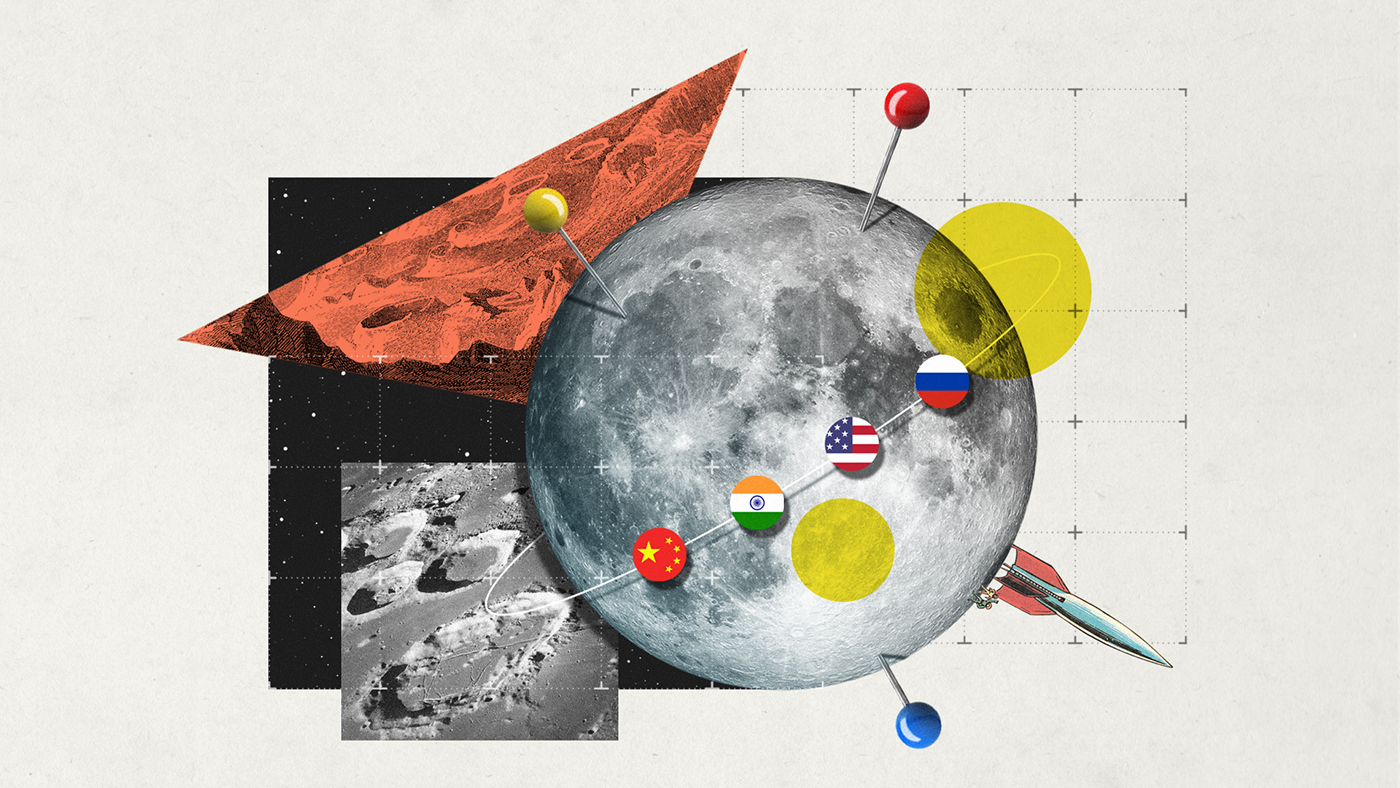 Dark side of the Moon: will the race to lunar South Pole spark conflict?
Dark side of the Moon: will the race to lunar South Pole spark conflict?Today's Big Question Russia and India are competing for the ‘new lunar gold’ – but real contest will be between the US and China
-
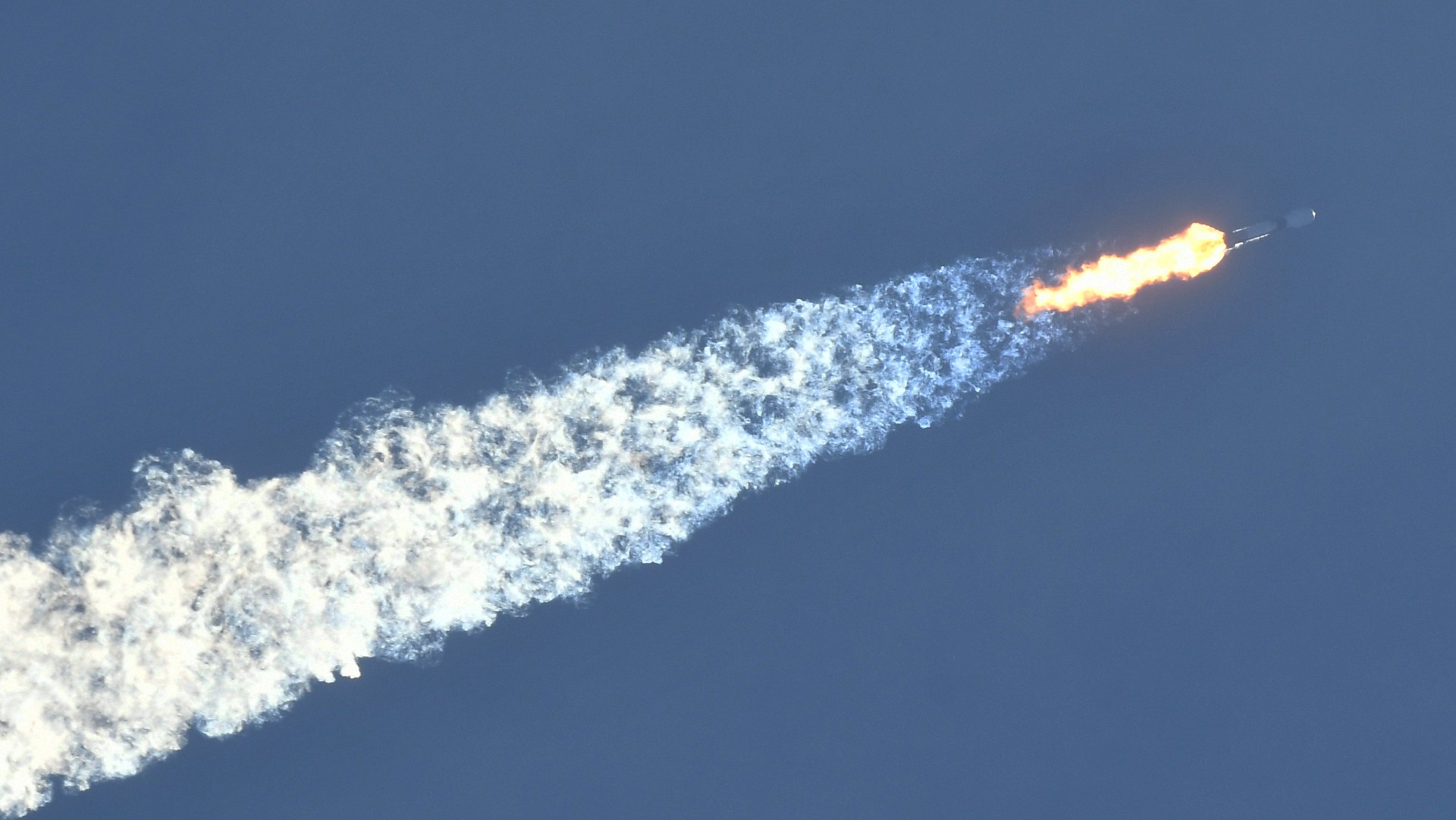 How worried we should be about space debris
How worried we should be about space debrisfeature As part of a rocket washes up in Australia scientists warn ‘critical mass’ of orbital junk could only be decades away